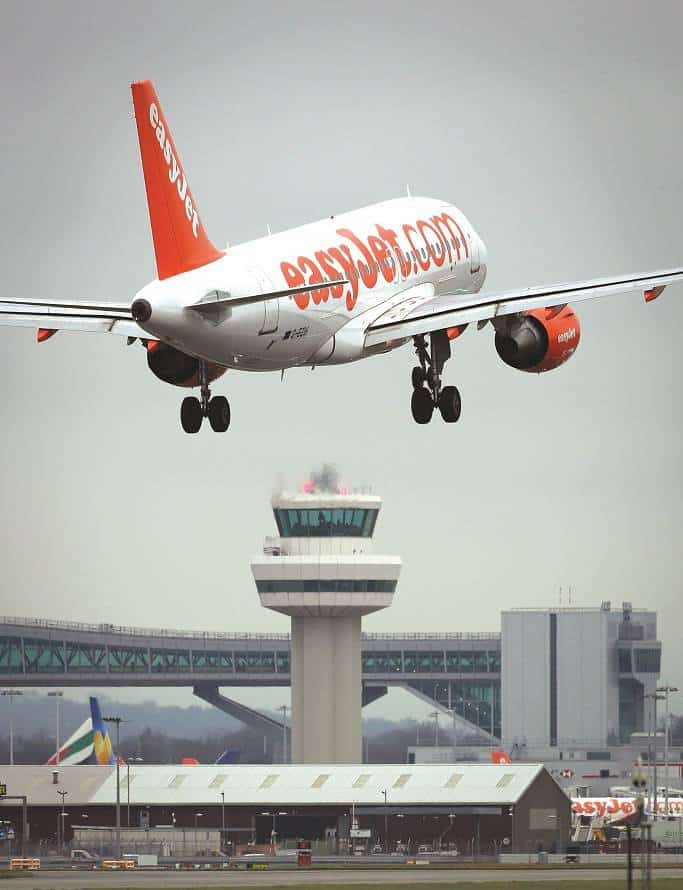GATWICK campaigners have cautiously welcomed the Government’s decision to address the subject of flight paths being dispersed instead of concentrated on a single track.
The new policy was included in the new UK Airspace Policy Consultation document, which was released by the Department for Transport on February 2.
It stated: “We propose that decisions on how aircraft noise is best distributed should be informed by local circumstances and consideration of different options.
“Consideration should include the pros and cons of concentrating traffic on single routes, which normally reduce the number of people overflown, versus the use of multiple routes which can provide greater relief or respite from noise.”
Brendon Sewill, chairman of Gatwick Area Conservation Campaign (GACC), said: “The policy of concentrated flight paths, which was introduced in 2012 based on the use of aircraft ‘satnavs’, has caused great distress and misery to those people unfortunate to be underneath.Â
“For the past four years GACC, along with many local protest groups, has urged the Government to permit fair dispersal.’
However, the paper includes a forecast for a 50 per cent increase in the number of aircraft but no targets set for a reduction in noise and no action taken to reduce it.
And there was widespread condemnation of the admission that Gatwick employed a system of ‘seasonal flexibility’, whereby unused night flights from the winter quota are transferred to boost the summer limits.
There was further disillusionment after the Government agreed to change its compensation for residents who live underneath new flightpaths.
It said: “We propose that those experiencing changes in noise as a result of changes to airspace should in future expect the same compensation as that associated with new infrastructure (such as a new runway).”
But the offer was only provide insulation for those who live within the ‘highest noise contours’.
There is already some provision for assistance with the costs of moving, along the same lines as those who live near new motorways.
The document did, however, state that government policy would be updated ‘to encourage airports to consider compensation for significantly increased overflight even if properties do not fall inside the eligible average noise contours’.
It was not clear how this would be implemented, though. “These decisions should be based on the local circumstances and economics of the change proposal.”








